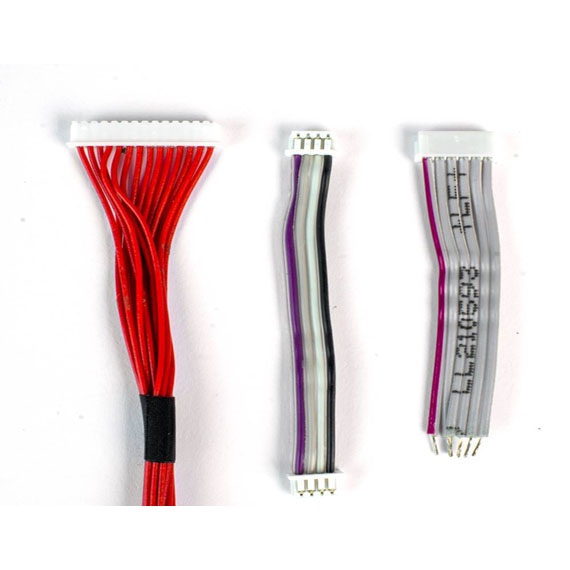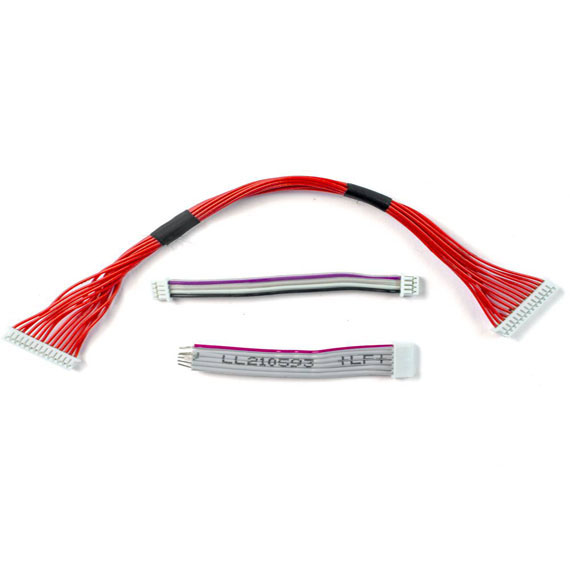
 An In-depth Analysis of Terminal Wire and Its Crucial Role in Electrical Systems
An In-depth Analysis of Terminal Wire and Its Crucial Role in Electrical SystemsTerminal wire is an essential component in electrical systems, facilitating the seamless transmission of electrical current between various devices and components. Electricians and engineers rely on terminal wire to establish safe and reliable connections, ensuring the smooth functioning and efficiency of electrical systems. This article aims to provide a comprehensive understanding of terminal wire, its types, applications, and the impact it has on electrical systems.
Terminal wire, also known as electrical wire or conductor, refers to a flexible metallic or non-metallic cable designed to carry electrical current from one point to another within an electrical system. It consists of a conductive core, typically made of copper or aluminum, enveloped by an insulating material to prevent electrical leakage and minimize the risks of short circuits or electrical shocks.
There are various types of terminal wire available, each tailored to specific applications and requirements. Common types include:
- Single-core wire: Composed of a single conducting metal core covered by insulation, widely used in residential wiring.
- Multi-core wire: Consists of multiple separate core conductors, bundled together within a single insulation layer.
- Coaxial cable: A type of wire consisting of a central conductor, an insulating layer, a metallic shield, and an outer insulating sheath. It is commonly used in television and telecommunications systems.
- Shielded wire: Designed with an additional outer layer of metallic shielding to minimize electromagnetic interference.
Terminal wire plays a crucial role in ensuring the efficient and reliable transmission of electrical power in various electrical systems. Its impact can be summarized as follows:
- Efficient power transmission: Terminal wire, with its low resistance and high conductivity, enables efficient transmission of electrical current, reducing power losses and ensuring optimal system performance.
- Safety and protection: The proper selection and installation of terminal wire with appropriate insulation properties guarantee the safety of electrical systems, preventing electrical shocks and minimizing the risk of fire caused by short circuits.
- System reliability: Terminal wire connections need to be secure and robust to withstand mechanical stress, temperature variations, and external environmental factors. Poorly connected or faulty terminal wires can result in system failures or malfunctions.
- Compatibility: Terminal wire needs to be compatible with the voltage, current, and frequency requirements of the connected devices and electrical components.
Terminal wire finds application in various sectors and industries, including:
- Residential wiring: Terminal wire is extensively used in residential buildings for general power distribution, lighting, and appliance connections.
- Industrial installations: Terminal wire is essential in commercial and industrial settings, providing power to machines, equipment, and control systems.
- Automotive industry: Terminal wire is used in vehicles for connecting various electrical components, such as batteries, motors, sensors, and lighting systems.
- Telecommunications: Coaxial and multi-core wires are widely utilized in data transmission applications, including telephone networks, internet connections, and cable television.
Terminal wire is an indispensable component in electrical systems, ensuring efficient power transmission, system reliability, and safety. By understanding its types, applications, and impact, electricians and engineers can make informed choices in selecting and installing terminal wire, guaranteeing optimum performance and longevity of electrical systems.